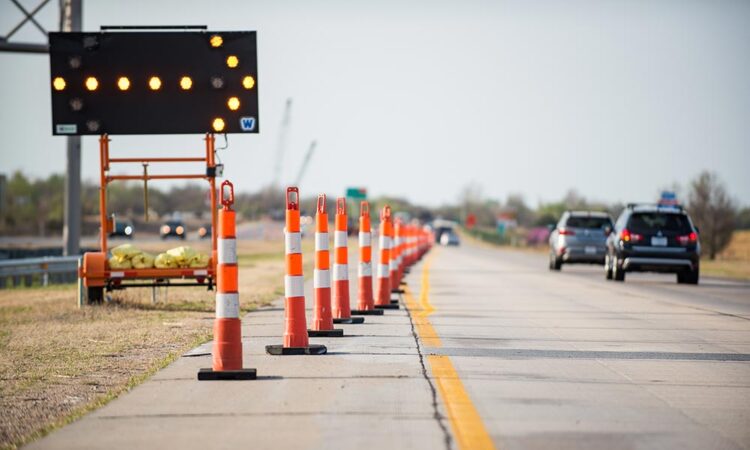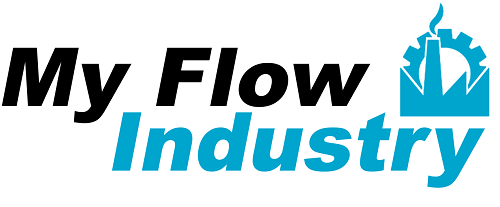
In construction zones and other active work areas, effective traffic control is vital to protect both workers and the public. Managing traffic flow around worksites prevents accidents, ensures smooth travel for motorists, and supports project efficiency. Here’s why traffic control services are essential for maintaining safety and order at any worksite.
1. Enhancing Worker Safety
Worksites, particularly those near roads or highways, put workers in proximity to moving vehicles, creating potential hazards. With equipment, tools, and ongoing tasks, these zones require structured traffic management. Salus Traffic Control services establish clear boundaries around the site, separating workers from active traffic and directing drivers safely around the area.
The use of barriers, cones, and clear signage—combined with trained personnel guiding traffic—helps ensure that workers can focus on their tasks without worrying about nearby vehicles. This structure significantly reduces the likelihood of accidents and protects everyone in the vicinity.
2. Reducing Driver Confusion and Ensuring Flow
Work zones can create temporary road changes, detours, and closures that may confuse drivers. Traffic control services help maintain smooth traffic flow by providing clear, advance signage and real-time direction for vehicles. With proper guidance, drivers can easily navigate detours and lane changes, reducing the risk of accidents caused by sudden stops or erratic lane changes.
Informed drivers are less likely to become frustrated or make last-minute maneuvers, which helps minimize congestion. Salus Traffic Control services allow drivers to navigate around worksites safely and efficiently.
3. Protecting Pedestrians and Cyclists
Traffic control is not only about managing vehicles; it’s also essential for protecting pedestrians and cyclists near worksites. Construction in urban areas often affects sidewalks, bike lanes, and pedestrian paths. Effective traffic management provides safe detours and clear signage for these vulnerable road users.
Designated pedestrian and cyclist paths are marked to keep them out of harm’s way, creating a safe environment for everyone sharing the road. This careful planning prevents unnecessary risks for people traveling on foot or by bike, ensuring worksite safety extends to all road users.
4. Compliance with Safety Regulations
Traffic control services help companies comply with safety regulations and guidelines designed to protect public spaces and work environments. Most jurisdictions require specific measures for worksite traffic control, including proper signage, clearly marked barriers, and adherence to safety standards.
Failing to comply with these guidelines can lead to costly penalties, liability issues, and potential harm to workers and the public. Professional traffic control services understand the necessary regulations and implement measures that ensure compliance. This reduces risk and provides reassurance that the worksite adheres to required safety standards.
5. Improving Project Efficiency and Reducing Delays
Traffic control is critical for maintaining efficiency in worksite operations. Effective management reduces traffic congestion and prevents accidents that could delay progress. By facilitating a clear flow of vehicles, traffic control services help avoid bottlenecks, allowing workers to focus on their tasks without interruptions.
Preventing accidents and traffic delays supports timely project completion and minimizes unforeseen costs. For project managers and crews, an organized worksite with well-managed traffic flow allows for consistent productivity and keeps the project on schedule.
Conclusion: Prioritizing Safety and Efficiency with Traffic Control Services
Traffic control services are essential for keeping worksites safe, maintaining smooth traffic flow, and ensuring compliance with safety regulations. From protecting workers to preventing accidents, these services create a secure environment for everyone involved. Investing in professional traffic control solutions helps companies provide safe, efficient worksites while keeping projects on time and within budget.
With effective traffic control in place, businesses can minimize risks and focus on completing their work with confidence.
